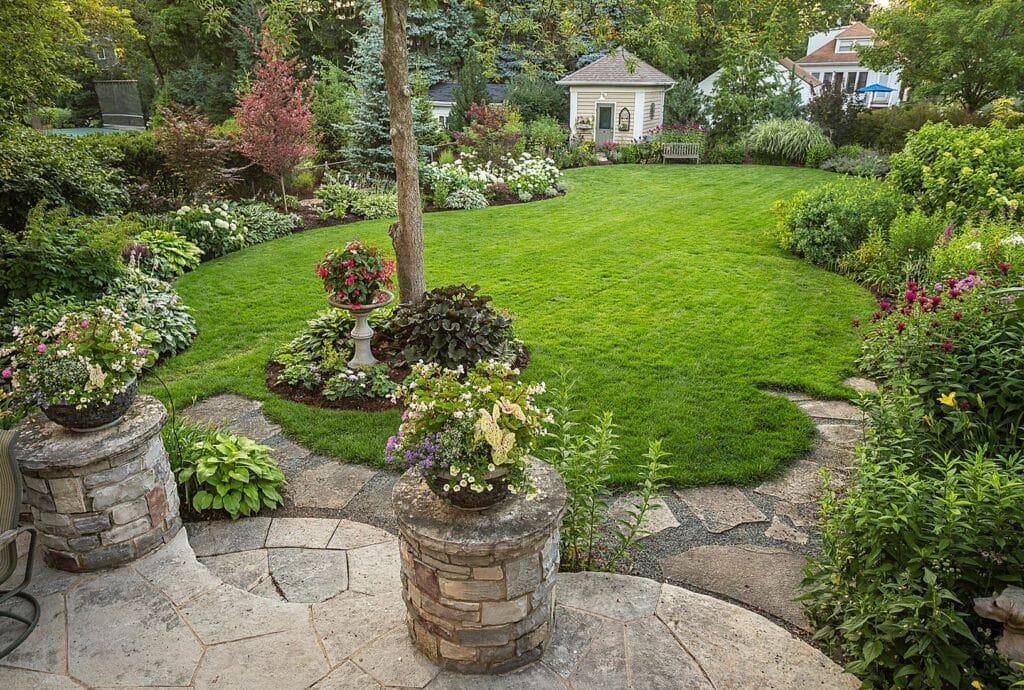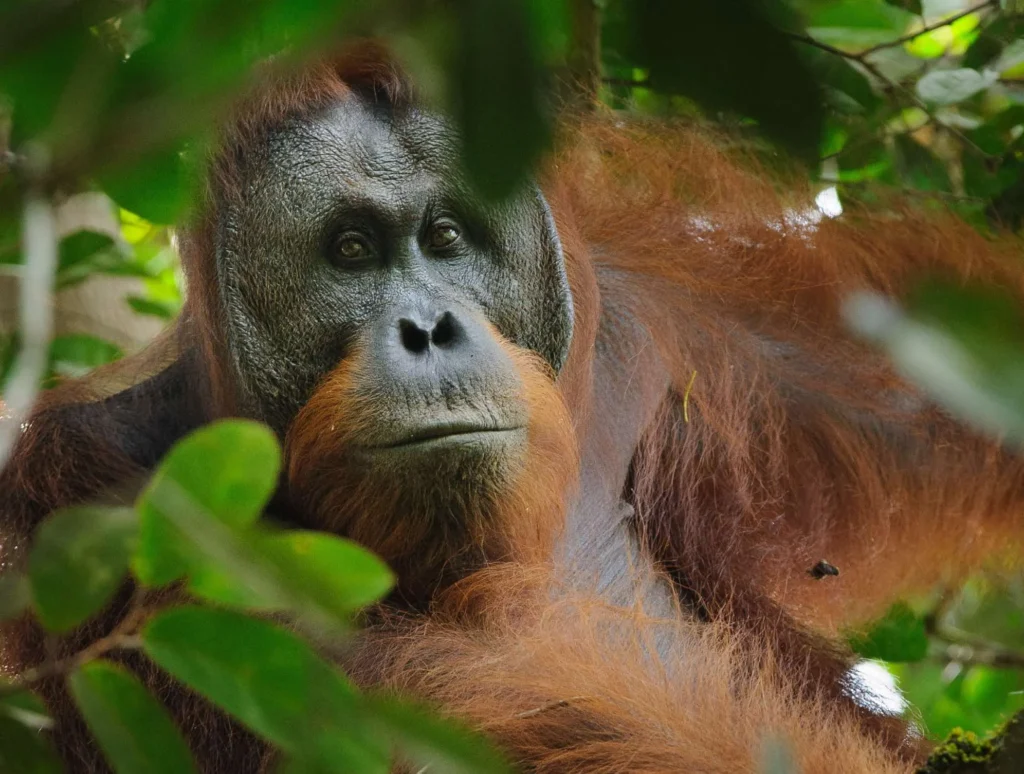If you love spending time outdoors and your pet does too, creating a pet-friendly garden is the perfect way to share your space safely and happily.
A backyard or garden can become a mini paradise—not just for you, but for your four-legged friends as well. Whether you have a curious cat, a playful pup, or even a rabbit who loves to roam, designing a safe, stimulating garden will keep tails wagging and paws pouncing.
Here’s how to make your garden pet-safe, pet-happy, and still beautiful for you to enjoy.
1. Choose Pet-Safe Plants
The first and most important step is making sure your plants aren’t toxic to animals. Many common flowers and shrubs can be harmful—or even deadly—if ingested.
Plants to Avoid:
- Lilies (especially for cats)
- Azaleas
- Oleander
- Foxglove
- Daffodils
- Sago palms
Safe Alternatives:
- Marigolds
- Sunflowers
- Snapdragons
- Spider plants
- Bamboo palm
- Catnip and cat grass (especially fun for feline friends)
Check a trusted source like the ASPCA’s toxic plant list before buying new greenery. When in doubt, opt for plants that are non-toxic or specifically labeled as pet-friendly.
2. Create Pet Zones
Your pet will love having their own spot in the garden. Designate areas just for them:
- Digging zone: If your dog loves to dig, give them a specific sandy or soft-soil area where they’re allowed to go wild. Bury a few toys for extra fun.
- Shade and shelter: Pets can easily overheat in the sun. Provide shady areas using trees, pergolas, or pet-safe umbrellas.
- Resting spot: Lay out a comfy outdoor pet bed or blanket where your furry friend can lounge and enjoy the fresh air.
This keeps them comfortable—and can help minimize mischief in your prized flowerbeds.
3. Use Safe Mulch and Ground Covers
Some types of mulch can be dangerous to pets. Cocoa mulch, for instance, smells like chocolate but contains theobromine, which is toxic to dogs.
Safer options include:
- Shredded pine or cedar mulch (use untreated)
- Smooth river rocks
- Grass or clover
- Artificial turf (choose a non-toxic, pet-rated version)
Avoid sharp gravel or spiky materials that can hurt paws.
4. Install Pet-Proof Fencing
A well-secured garden helps keep pets in—and unwanted animals out. Your fencing should be tall and sturdy enough to prevent your dog from jumping over or digging under.
Tips:
- For dogs who dig, bury chicken wire or large stones along the base.
- For cats, consider a “catio” or special fencing angled inward to prevent climbing escapes.
- Don’t forget to secure compost piles or garden sheds—they can contain dangerous tools, fertilizers, or foods.
Safety is key, but that doesn’t mean your fence can’t be stylish. Decorative wooden or metal fencing can be both functional and beautiful.
5. Avoid Toxic Chemicals and Fertilizers
Many commercial garden products are toxic to pets. Weed killers, pesticides, and certain fertilizers can be extremely dangerous if ingested or even walked on.
Look for pet-safe labels, and opt for organic or homemade alternatives when possible. Natural deterrents like vinegar or citrus can help keep pests away without harming your pet.
Extra tip: Always store garden chemicals out of reach—in a locked shed or high shelf.
6. Add Fun Features for Enrichment
Pets get bored too—so why not add some enrichment to their outdoor environment?
- Paths and trails: Dogs especially love having a little trail to patrol.
- Tunnels and hideouts: Use cardboard boxes, small tents, or plastic tubes for cats and small animals to explore.
- Water feature: A small fountain or shallow splash pool gives dogs a place to cool off and drink. Just be sure it’s clean and not too deep.
You can even DIY some garden toys using ropes, old tires, or agility-style obstacles.
7. Be Mindful of Wildlife
Gardens attract birds, bees, squirrels, and more. That’s great for the environment, but it can create temptation for pets. Supervise playtime if needed, and avoid using bird feeders or plants that might attract animals your pet could chase or eat.
If your pet is a birdwatcher (looking at you, cats), create a perch or window seat where they can enjoy the view without disturbing the wildlife.
8. Think Seasonally
Your garden needs may change throughout the year—so will your pet’s.
- In summer, make sure there’s fresh water and shady spots.
- In winter, check that paths are safe from ice, and remove any snow buildup near fences (so dogs can’t jump over).
- In spring, be extra cautious with fertilizers and lawn treatments.
A little seasonal planning goes a long way in keeping your garden both safe and fun.
Final Thoughts
Creating a pet-friendly garden doesn’t mean sacrificing style or beauty. With a few thoughtful choices, you can design an outdoor space that’s both gorgeous and safe for the animals you love. From safe plants and cozy shelters to digging pits and splash zones, your garden can become a haven for both you and your furry companions.




